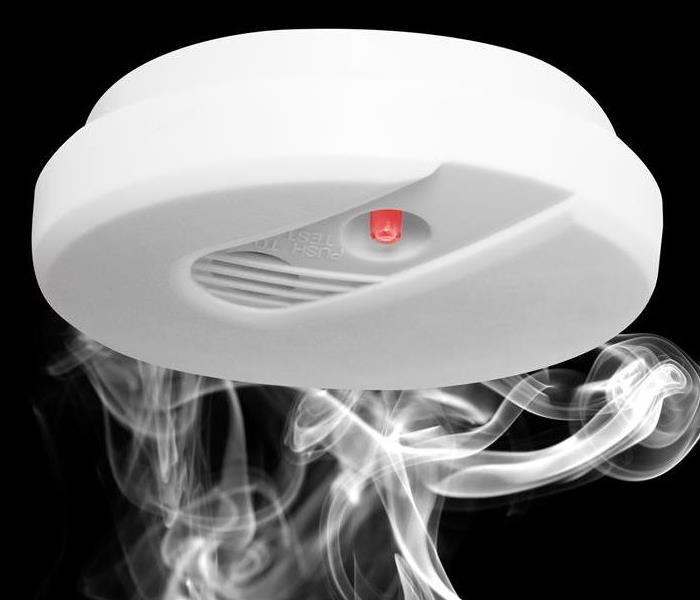Fire Alarm Essentials: How Many and Where To Put Them
1/6/2022 (Permalink)
A house fire is among the top fears of existing homeowners. The thoughts of devastation, damage, injury, and loss are enough to set shivers down the spine of even the most prepared owner, even those who have a fire alarm in every recommended space.
These important tips will help you to prevent Residential Fire
Smoke and fire detectors are essential protective devices for the home. Unfortunately, many people either do not see the significance of the products or have fewer alarms than they should.
Talk to a restoration service in Clearfield, UT, to learn more about the number of detectors needed for your home and about proper placement. The general areas of concern include:
- Bedrooms
- Kitchens
- Laundry rooms
- Basements
- Attics
The Fire Alarm: Quantity and Placement
Fires move at various speeds, dependent on what is feeding the fire. Fire and smoke detectors can provide homeowners with valuable insight into the movements of the fire, allowing for a quicker and safer escape. Additionally, the sooner a family receives an alert, the sooner they can call for help or use fire extinguishers to eliminate the threat, resulting in less structural and smoke damage.
However, without the adequate number and placement of alarms, your house and family are at risk of damage and injury.
Understanding how the size of your home and the number of rooms affects your decisions will help ensure your family stays safe in an emergency.
How Many Fire Alarms Do You Need?
While the primary reason for alarms is not to prevent fire damage, it can be a natural side effect of having an adequate number of devices in your home. Because families are alerted to danger quickly, fire response is sped up as well, resulting in less damage. However, for a rapid response, you need to ensure enough fire alarms in your home. How many will depend on the size of your home and the number of bedrooms and levels.
You typically want one alarm in each bedroom and one on every floor. You might also want an alarm in high-risk areas like kitchens and laundry rooms. The bare minimum recommendation is one detector per 500 square feet, with no more than 30 feet between each.
Where Should You Install Fire Alarms?
Fire alarms need to be in high traffic and low traffic areas of the home. For instance, while you might not use your basement or attic that often, fires can start in each location, leading to significant damage.
Additionally, you need the alarms to be where you can hear them. Interconnected alarms are often suggested because they alert a family to a fire's location wherever they are in the home. The best placement for alarms is anywhere fire is possible, and anywhere someone can hear it. Therefore, bedrooms, kitchens, laundry areas, basements, garages, attics, etc.
A fire alarm is a necessary safety device, and every family should have the appropriate number of alarms for their house. If you are not sure how many alarms are needed for your home or the best placement for those alarms, contact your local fire department of a fire mitigation service for help.




 24/7 Emergency Service
24/7 Emergency Service
